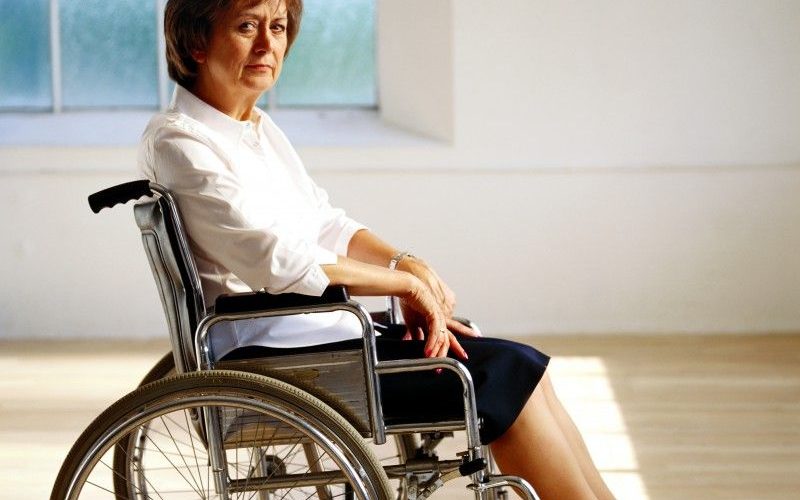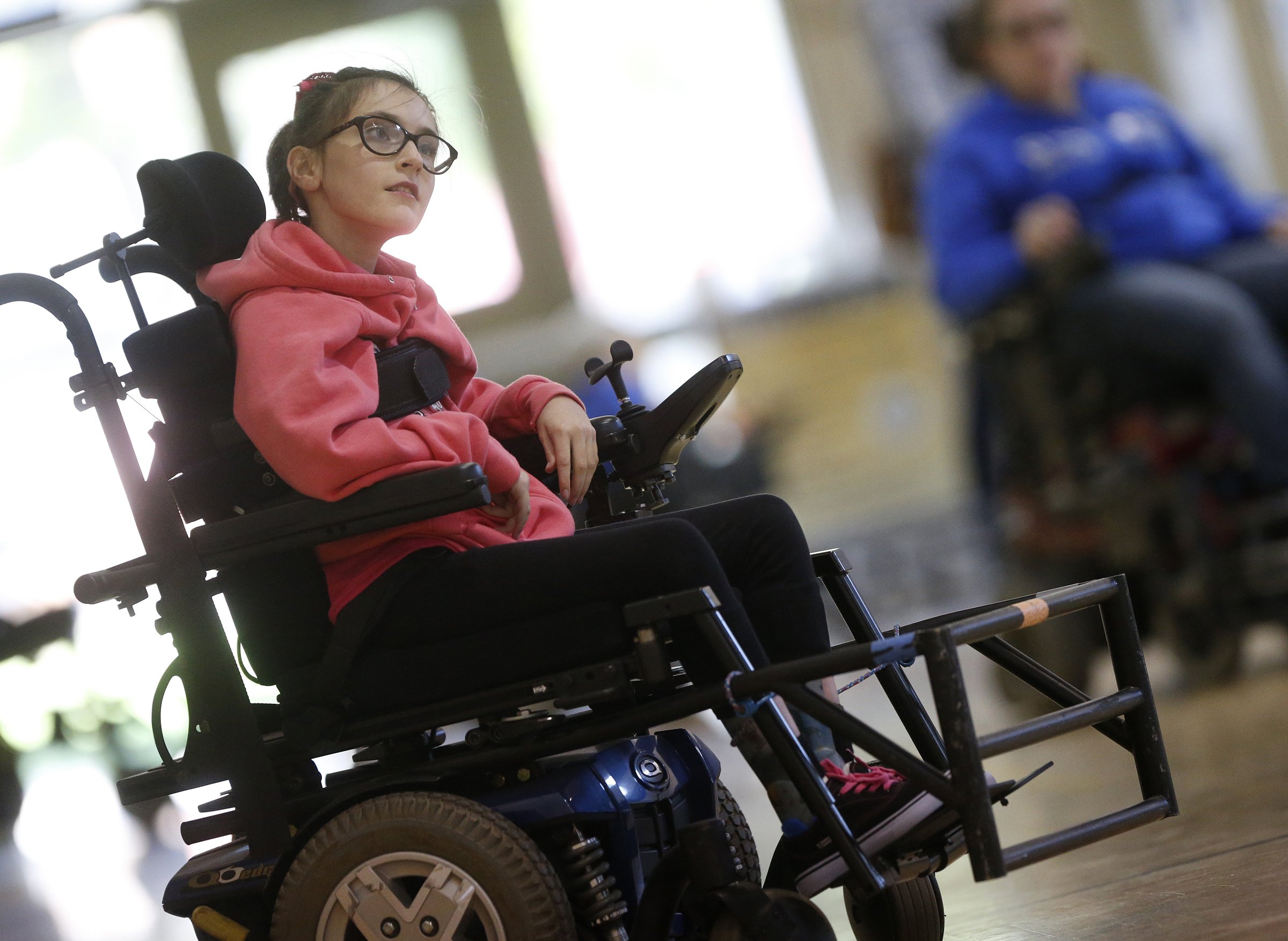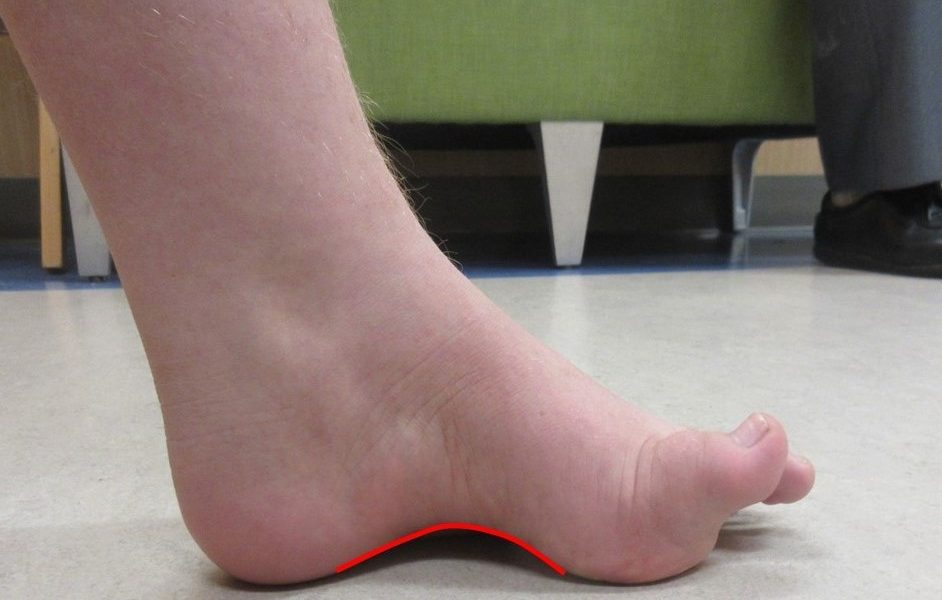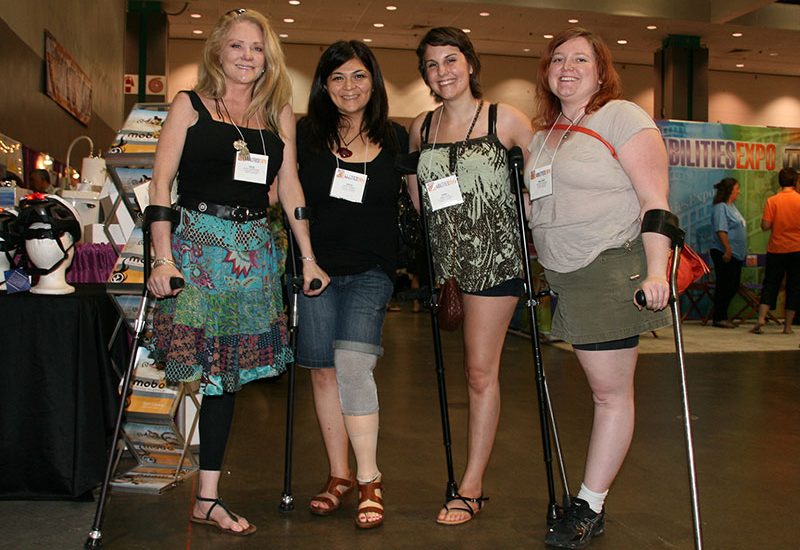


Multiple Sclerosis is a condition that affects the central nervous system. It occurs when there are interfering nerve impulses within the brain, optic nerves, and the spinal structure. These cause scars and depending on where the scar occurs, various symptoms can develop. Although there is no current cure for MS, exercise is considered a method of treatment which helps in lowering symptoms of MS. These benefits include improvements in fitness, endurance, and strength as well as improved bowel and bladder function and reduction in fatigue.


ADHD is considered a neurological development issue that develops in childhood and progresses into adulthood. Symptoms of ADHD include lack of long-term attention span, compulsive impulsive behaviours, and overactivity. Exercise can help reduce these symptoms through reducing anxiety and stress, improve control over impulses and reduce compulsive behaviour, improve memory retention, improve functioning (fine and motor skills) an increase levels of brain derived neurotrophic factor.
Autism is a neurological condition that impacts emotive behaviour, interaction with others and experiences with the environment. This is a condition that starts at childhood and progresses with age and is classified through a spectrum. Research shows that exercise can reduce hyperactivity and aggression and improve engagement with surrounding environment as well as weight loss and improved overall health.


Cerebral palsy is a physical disability which affect 34000 Australians and 17 million people worldwide. This is a motor function disorder that is usually caused by brain injury to the foetus during pregnancy. Unfortunately, there is still no known cure to this condition however there are methods to help reduce some of the negative side effects. Exercise is a method of treatment due to its ability to improve muscle and cardiorespiratory fitness,, increase joint range of motion and increase muscular endurance.
Charcot Marie Tooth Syndrome is a group of conditions that cause damage to the peripheral nerves which are found within the spinal cord and brain. Individuals with this condition suffer from muscle weakness in their arms and legs, abnormal gait, high arched feet or numbness in their hands and feet. Exercises have a wide range of benefits for this condition including improvement in balance, increased range of motion in affected joints, increased muscular and cardiorespiratory endurance and improved muscular strength.


Vision impairment can be caused by several factors. Some of these factors include cataract, refractive errors, macular degeneration (age related), glaucoma, diabetic retinopathy, corneal opacity, and trachoma. Vision impairment is broken down into 2 groups’ distance and near presenting impairment. Exercise has benefits for the vision impaired including improved balance, improved coordination, and improvement in fine and gross motor skills. Exercise e is also liked to energetic and happy mood.
Neurological disorders are conditions/disorders that affect the brain and the nerves found in the brain, the spinal cord and around the body. As a result of this damage to the nerves, structural, biochemical, and electrical abnormalities can form and cause disability to certain sections of the body. Exercise for individuals with neurological diseases can lead to a reduction in muscle and joint stiffness, reversal in muscle wasting and improvement in gait, tremors, balance, flexibility, strength, and fine and gross motor skills.


Intellectual disability is associated with problems in general mental abilities as well as intellectual and adaptive functioning. There are a range of tests available with your local GP to assess the extent of intellectual disabilities. A diagnosis can prompt whether conceptual, social or practical (or combination) needs to be addressed through medical services. Exercise has a positive effect on individuals with intellectual disabilities including benefits to physical functioning, psychological improvement for learning disabilities and reduced anxiety and improved self-esteem and mood.
Spinal Bifida is a neural tube defect condition affecting the spine and is commonly detected during birth. This occurs when the neural tube along the pina cord does not close all the way, resulting in physical and intellectual disabilities. The extent of disability is dependent on the size and location of opening along the spin and if the nerves are affected. Physical activity in those affected by spina bifida, especially from a young age can provide many health benefits including healthy growth and development as well as bone and muscle strength.


Amputation is when a whole or part of any limb is amputated. This includes fingers and toes. Most incidences of amputations are caused by disrupted blood circulation to the limbs often due to a complication with comorbidities such as high blood pressure, diabetes, smoking or kidney failure. Exercise can promote healing in the affected and unaffected limb, promote adjustments to new sense of balance and restore the new “normal” range of motion.